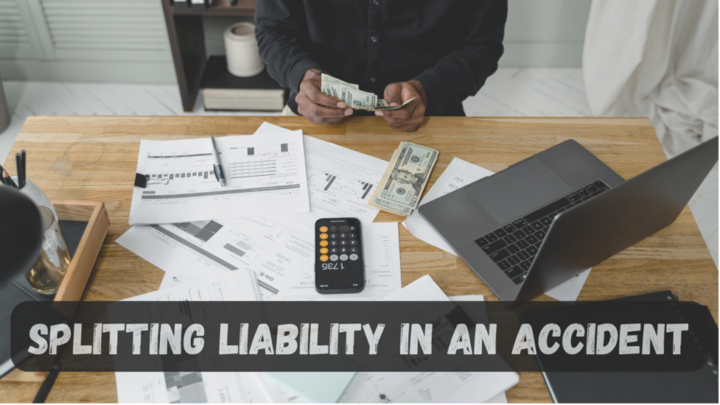
If you are in a car accident, there is a good chance that the other driver was more at fault than you were. Even if you share some of the blame, the other driver is likely to be held responsible for more of the accident than you are. This is due to something called “split liability.”
What is a split liability agreement?
Split liability is a legal term that describes the proportion of respondents that each driver in an accident bears. Either driver could be at fault in a t-bone collision. Sometimes the other driver will be considered more at fault than you and held liable for a larger accident percentage. They will be responsible for paying more damages.
A few factors can affect how split liability is determined in a car accident. Usually, the biggest one is who caused the accident.
How To Begin Your Fault Accident Claim?
It is recommended that you shouldn’t try to handle such a sensitive case on your own and let the experts do their thing. Your lawyer will work with you to gather evidence and build a case, including medical records, police reports, and witness statements. They will also represent you in negotiations with the insurance provider.
If you are awarded compensation, it will be paid through the insurance company. Your lawyer will make sure you receive the full amount you are owed.
Are you at blame?
If you are in an accident, there is a good chance that you will be asking yourself, “What if I was to blame?” This is a natural reaction, but it is important to remember that fault is not always clear-cut. Even if you think you may have been at fault, it is best to speak with a personal injury lawyer to get their take on the situation. The lawyers at Rosenfeld firm have years of experience assessing liability in car accidents and will be able to help you determine who is at fault.
If you are determined at fault, don’t worry. A personal injury lawyer can still help you. They have extensive knowledge of the law and can help you through the entire process.
Is Split Liability needed in your case?
When two or more vehicles collide, the resulting wreckage can be quite complex. It can be difficult to determine who is at fault for the accident in some situations. If you are in a car accident and are unsure who is responsible, a split liability agreement may be the best solution.
A split liability agreement between two or more parties determines who is responsible for each part of the accident. This type of agreement can be especially helpful in t-bone collisions, where it can be difficult to determine which vehicle struck the other from the side.
By agreeing to a split liability agreement, each party involved in the accident can avoid costly litigation and uncertainty about who is responsible. This type of agreement can also help to speed up the claims process and ensure that each party receives compensation for their injuries or damages.
Pros and cons of splitting liability
The decision to split liability in a car accident can significantly impact the settlement amount. When two or more drivers are involved in an accident, the insurance companies will often try to determine who is at fault. If one driver is deemed more at fault than the others, that driver’s insurer will be responsible for paying the majority of the damages.
If liability is split among all drivers, the insurers will typically pay out smaller amounts. This can benefit drivers who are not at fault in the accident, as they may receive a larger settlement. However, it can also be more difficult to prove who is at fault in a car accident when liability is shared.
When it comes to split liability in car accidents, most people are familiar with the 50-50 split. This is where both drivers are considered equally responsible for the accident, and each one will receive 50% of the damages awarded. However, other common split liability proportions can occur in accident cases.
Other common split liability proportions are:
75/25 split in your favor: 75 50 splits in your favor: Because you admitted 25% liability, you’d receive 75% of the total value of your claim from the other party’s insurance company.
25/75 split in the other party’s favor: If you were most at fault, you’d receive only 25% of the total value of the compensation claim from the other person’s insurance company.
It can be difficult to determine who is at fault since each driver may have their version of what happened. It may be possible to establish which driver was more at fault in some cases. But in others, it may be difficult.
Conclusion
When the fault is not determined in a car accident, the law assumes that the driver who suffered less damage was at fault. This is known as contributory negligence. If you were rear-ended and your car was significantly damaged, the law would assume you were at fault for not being able to stop in time. Your lawyer will help you gather evidence and build your case against the driver.


















